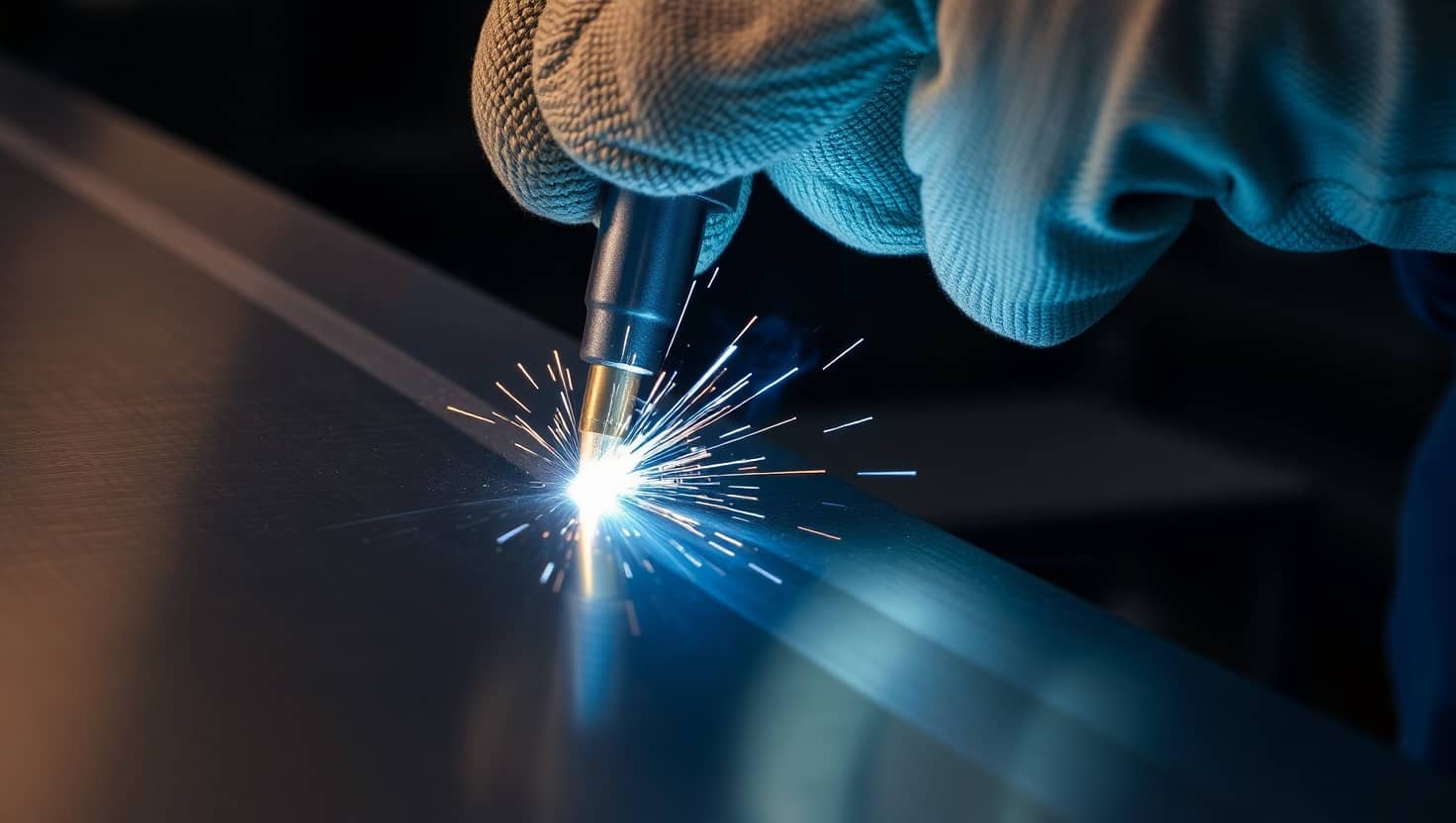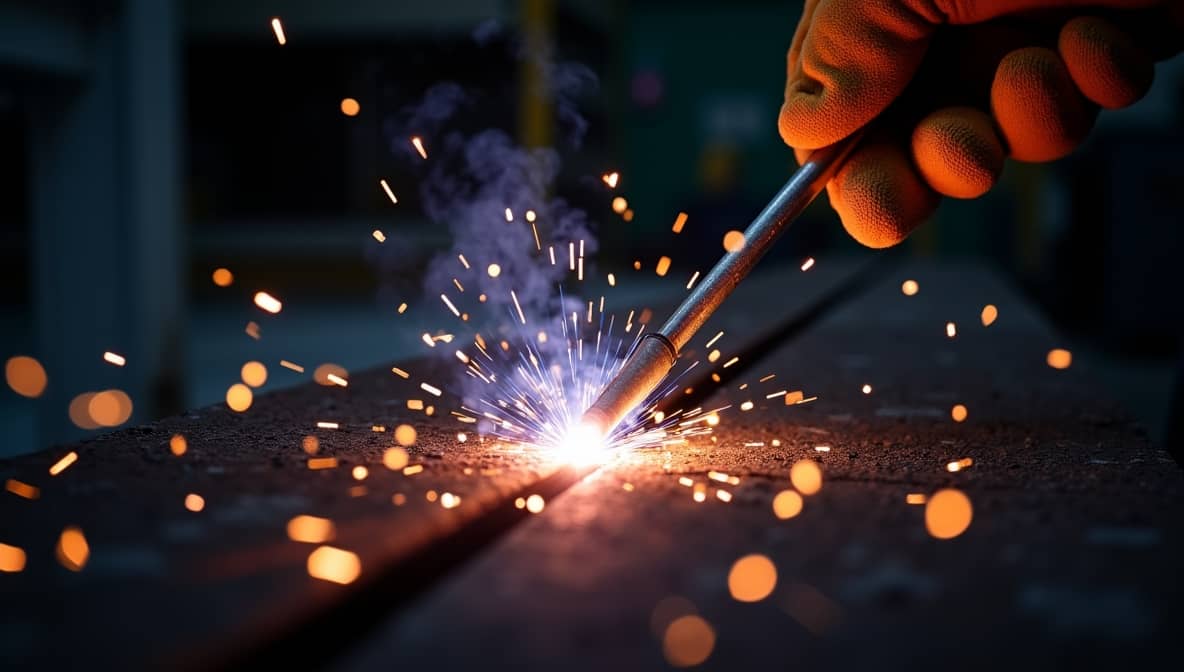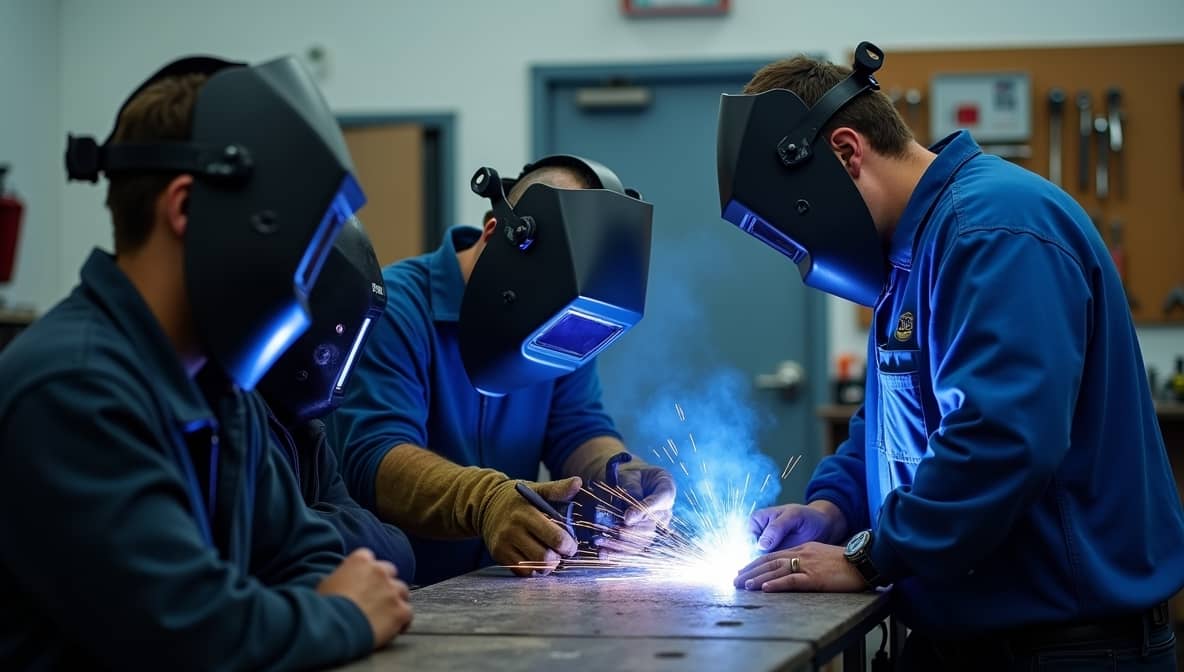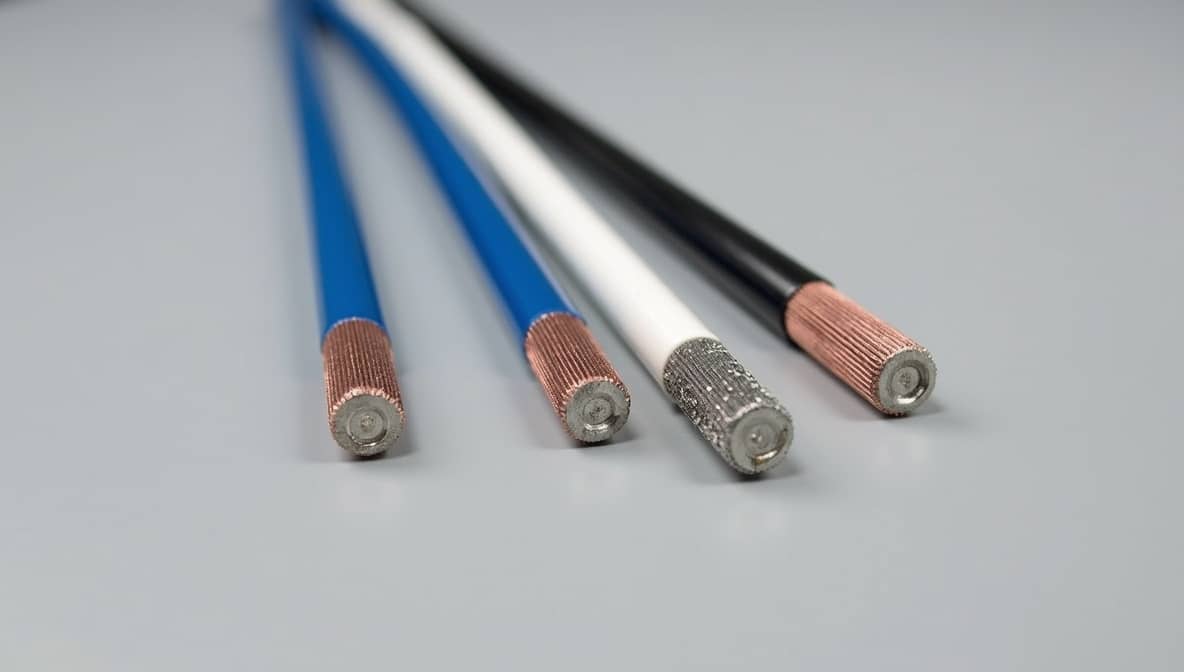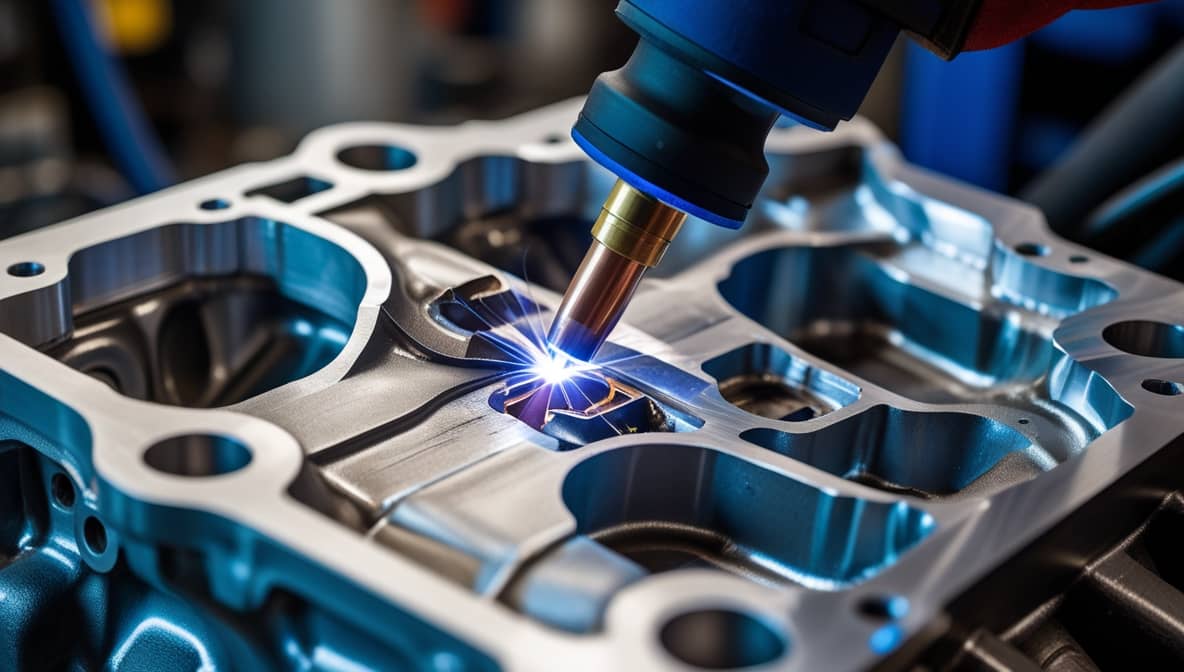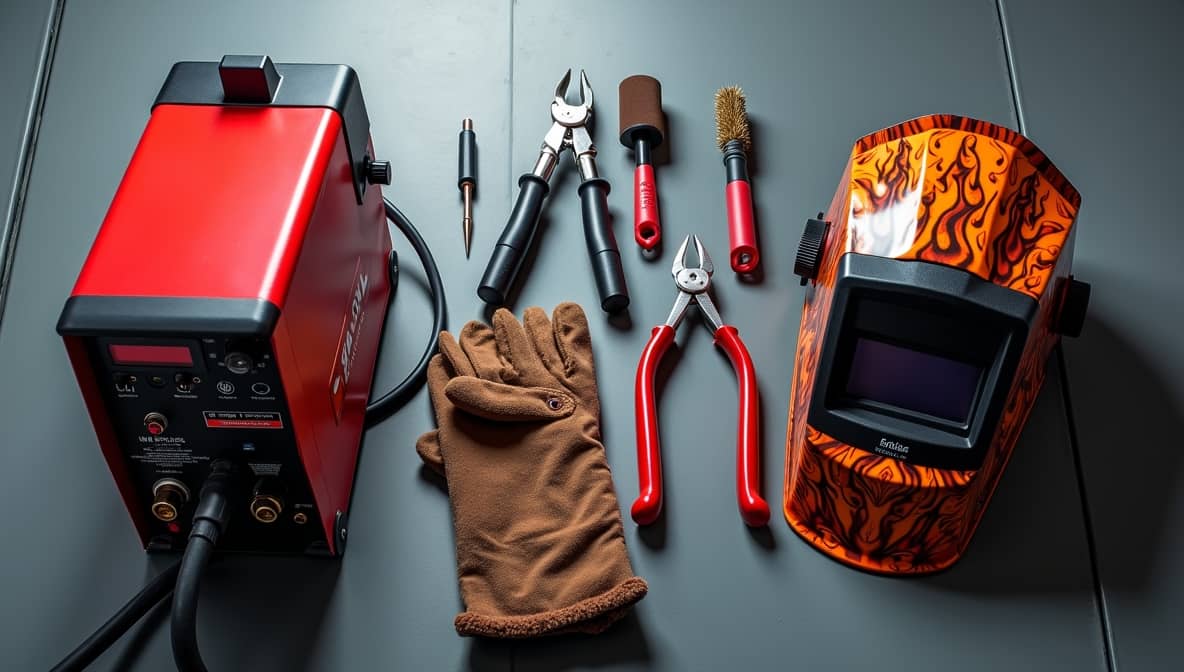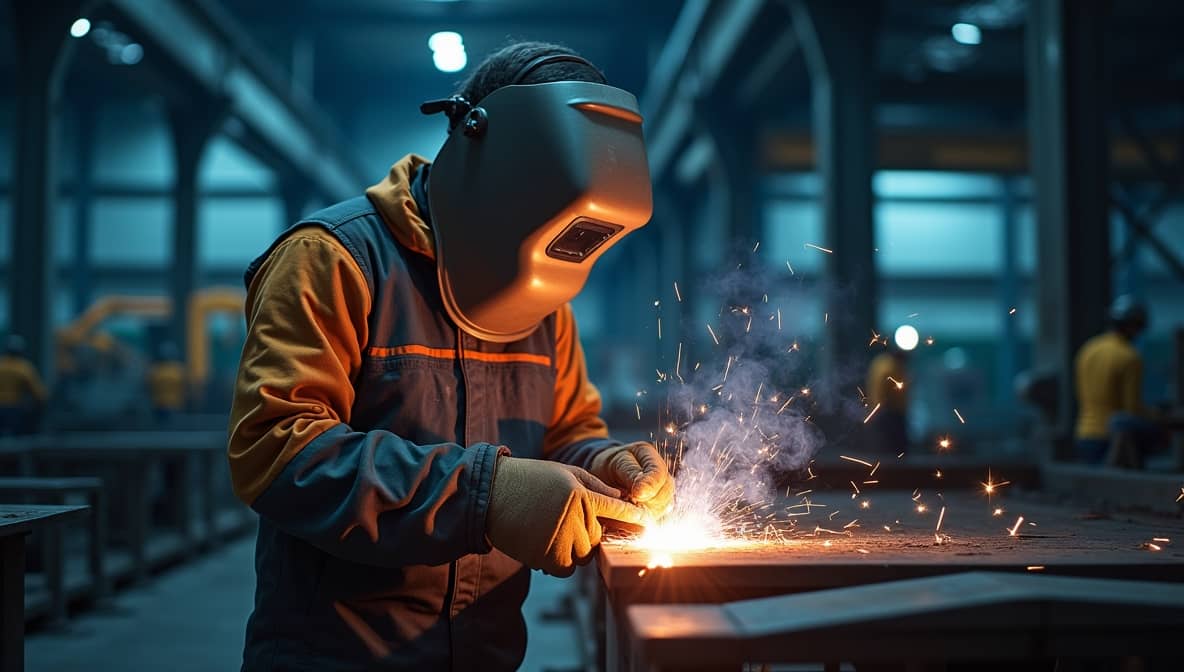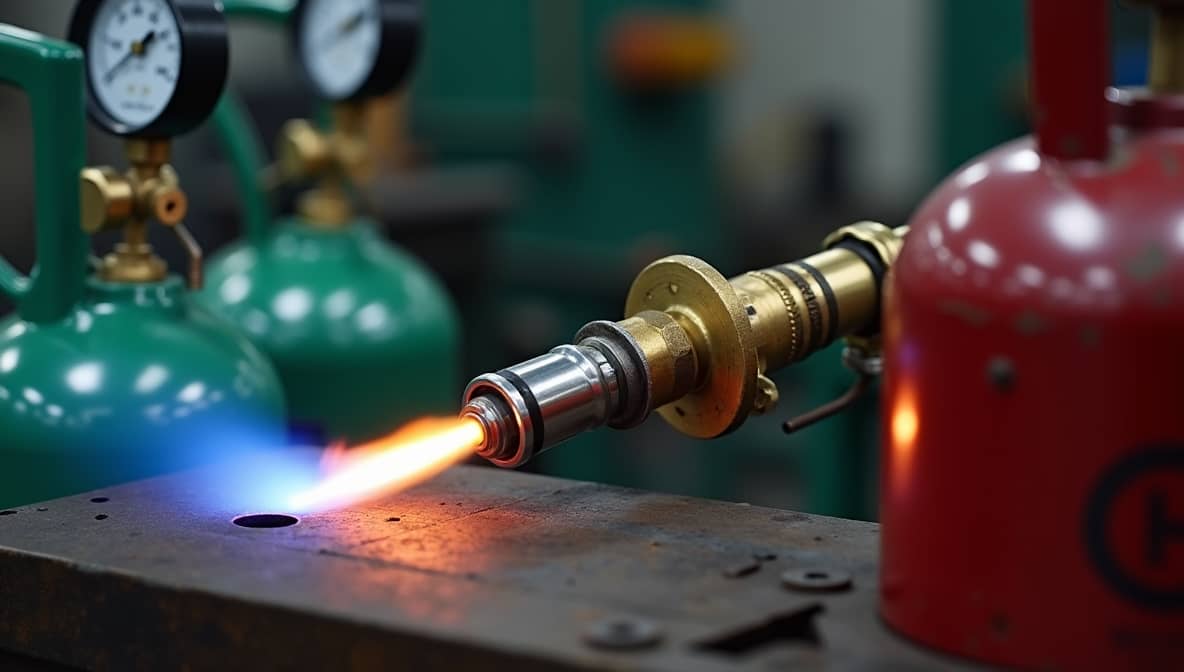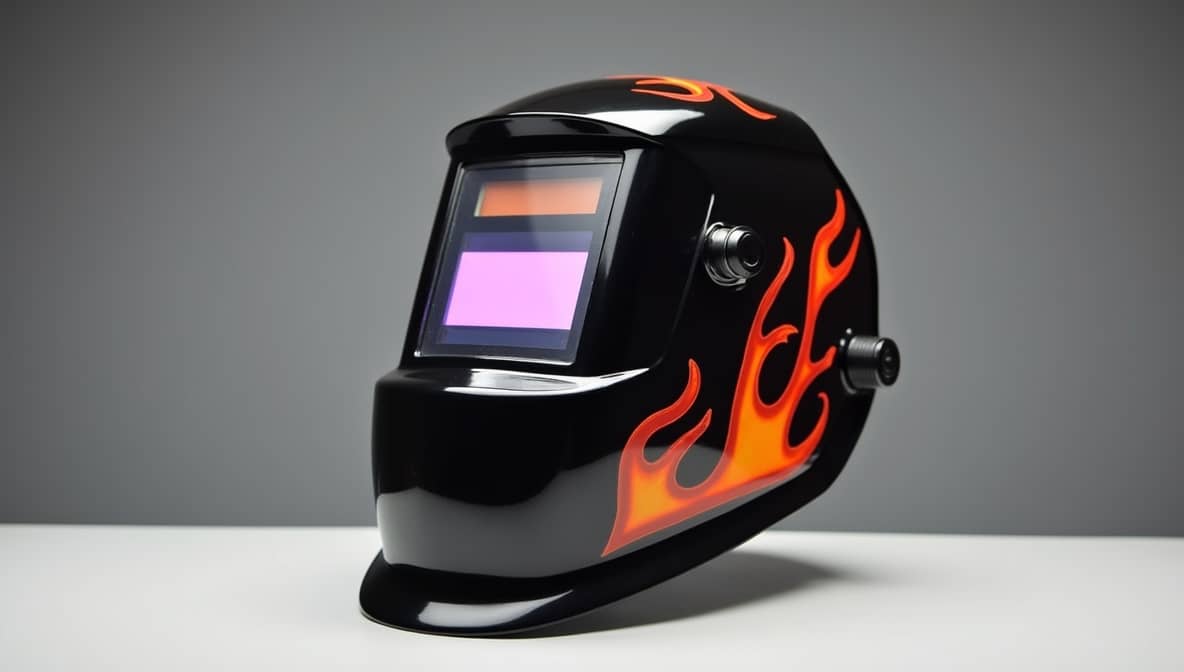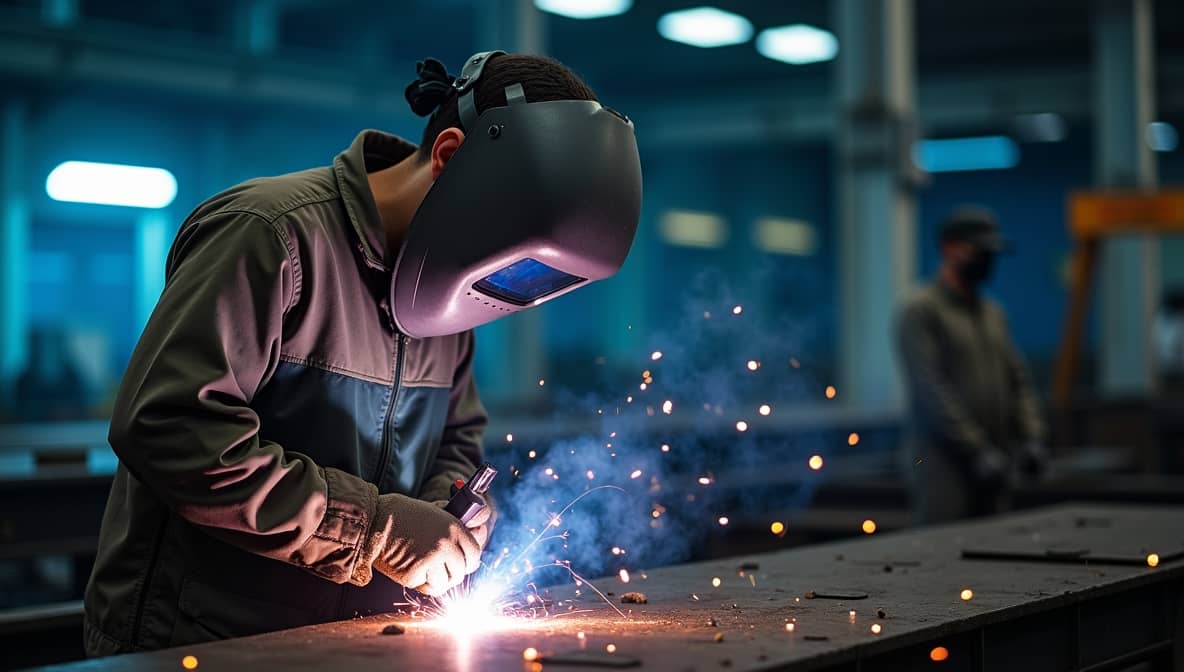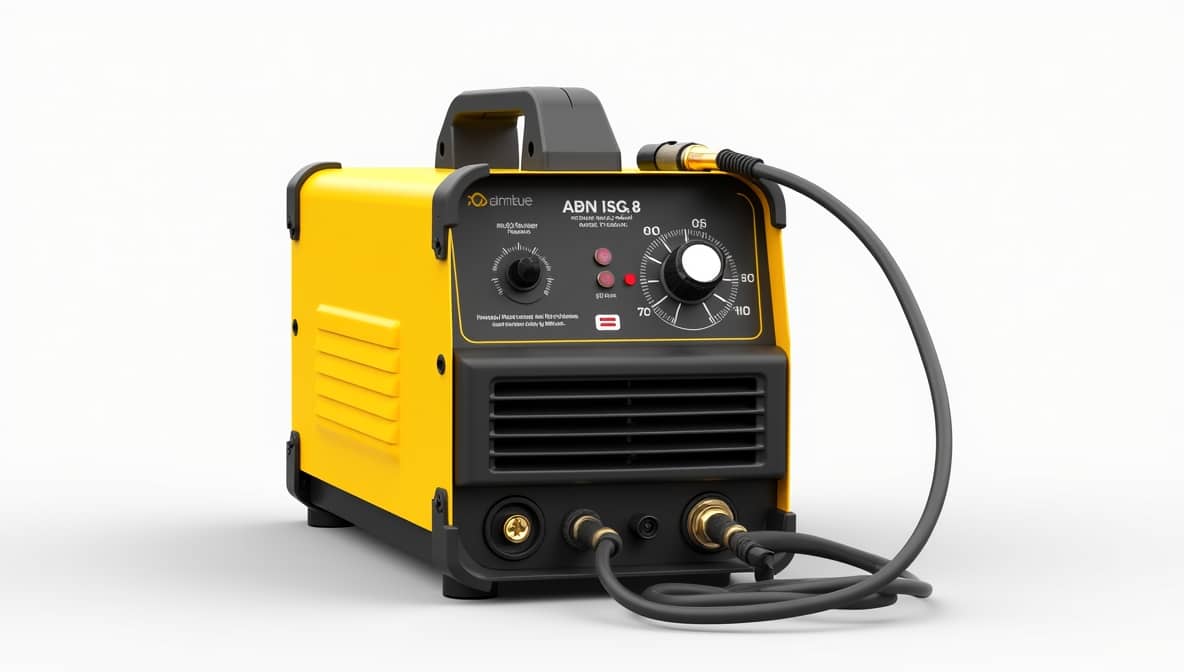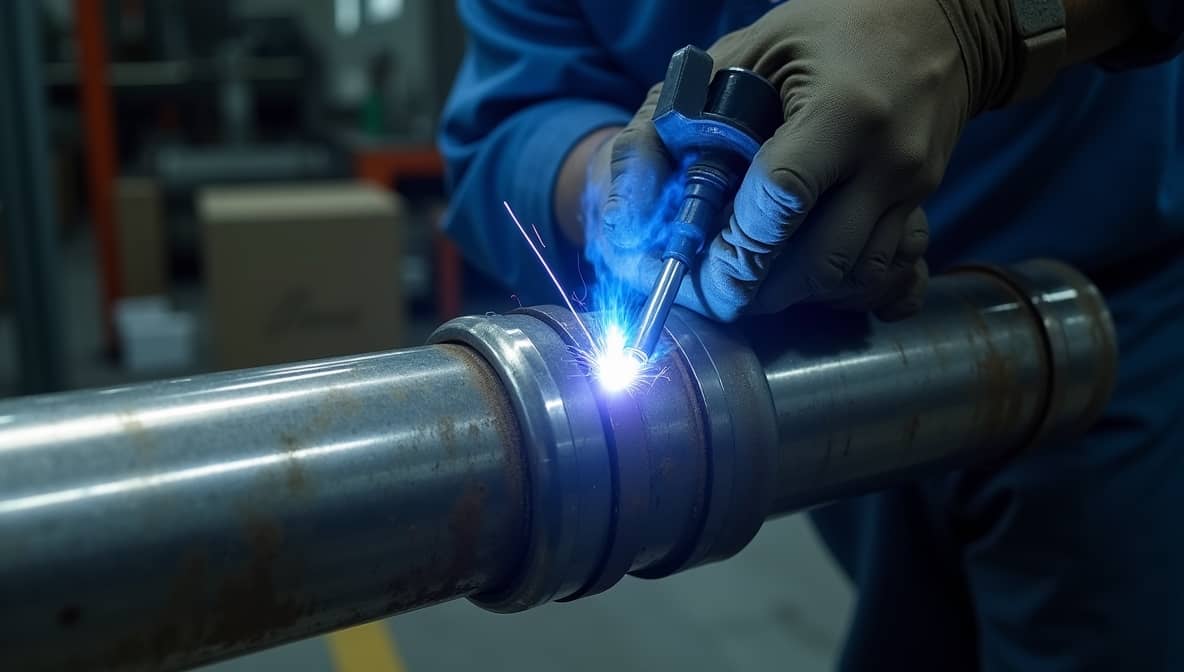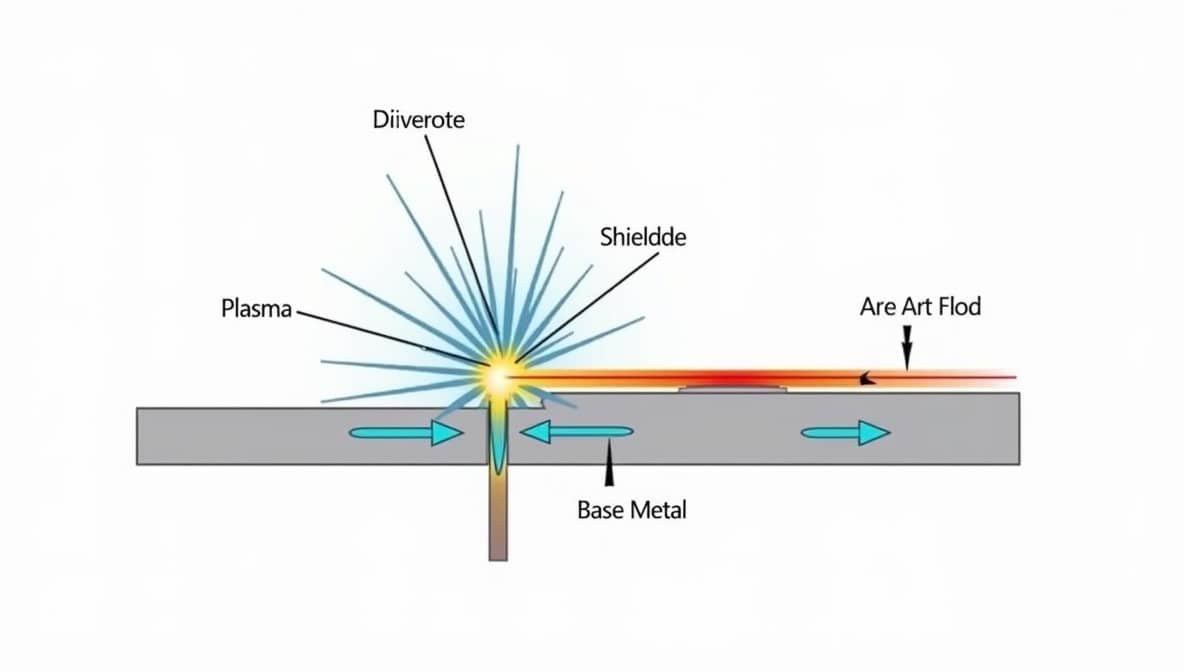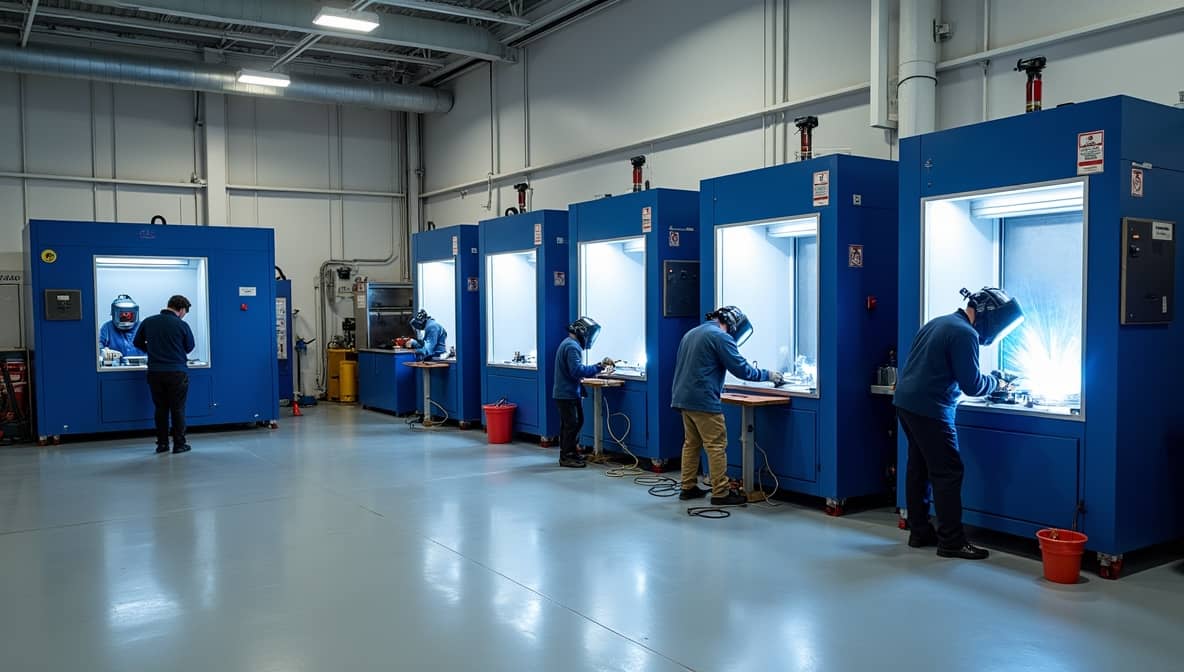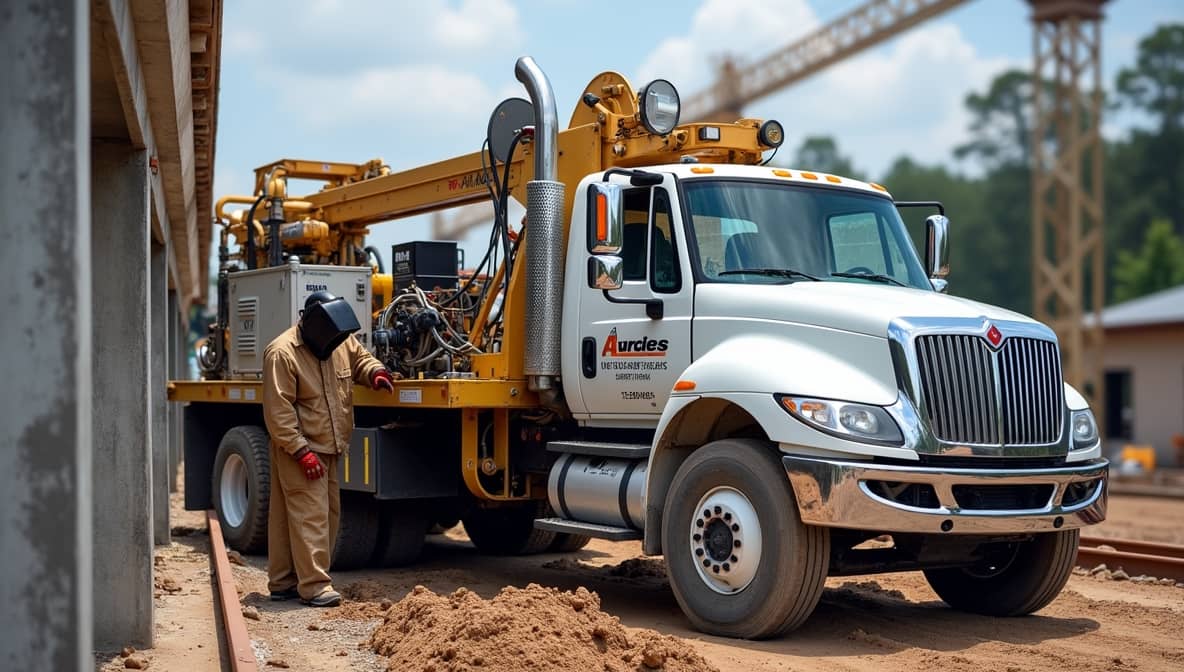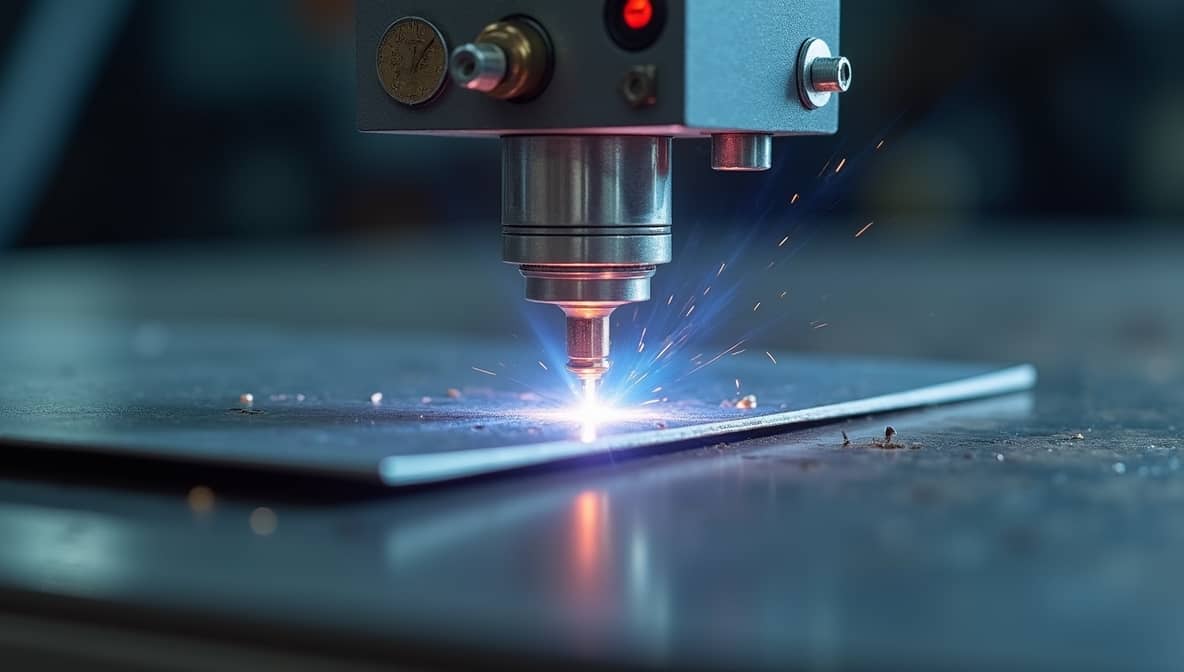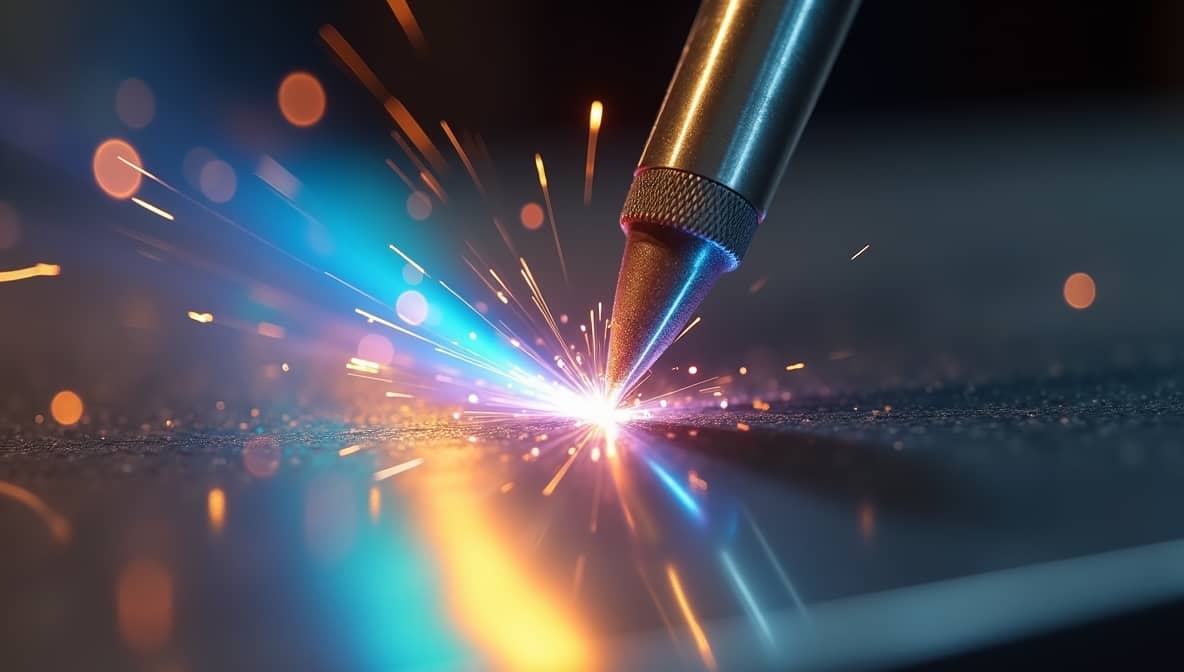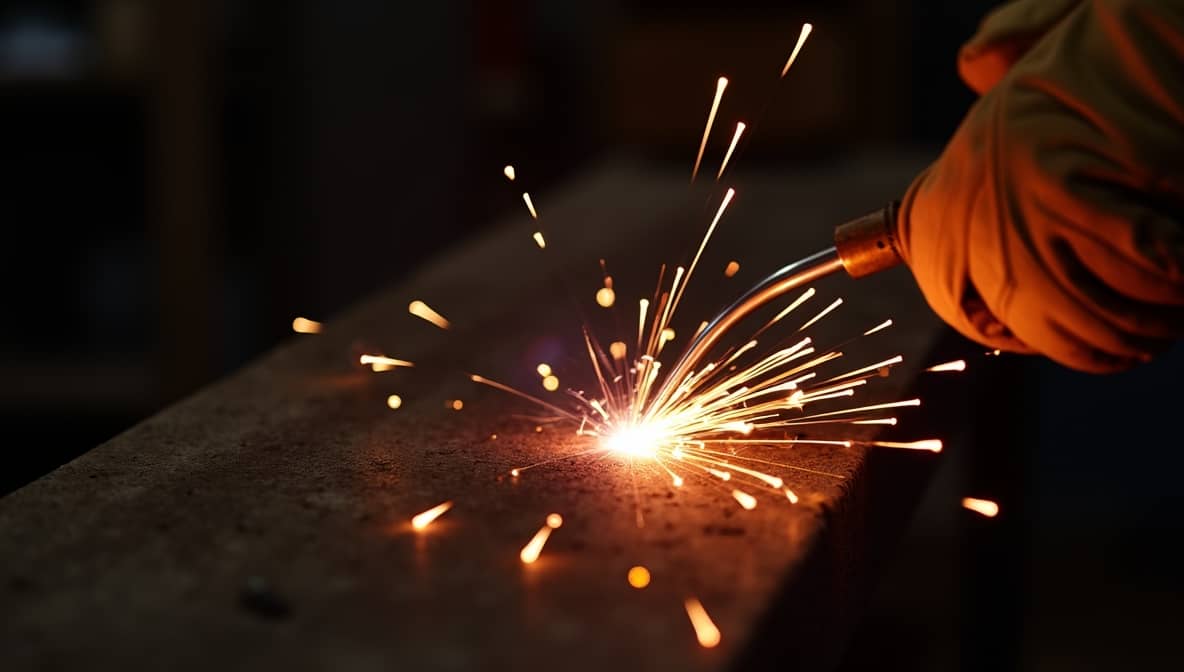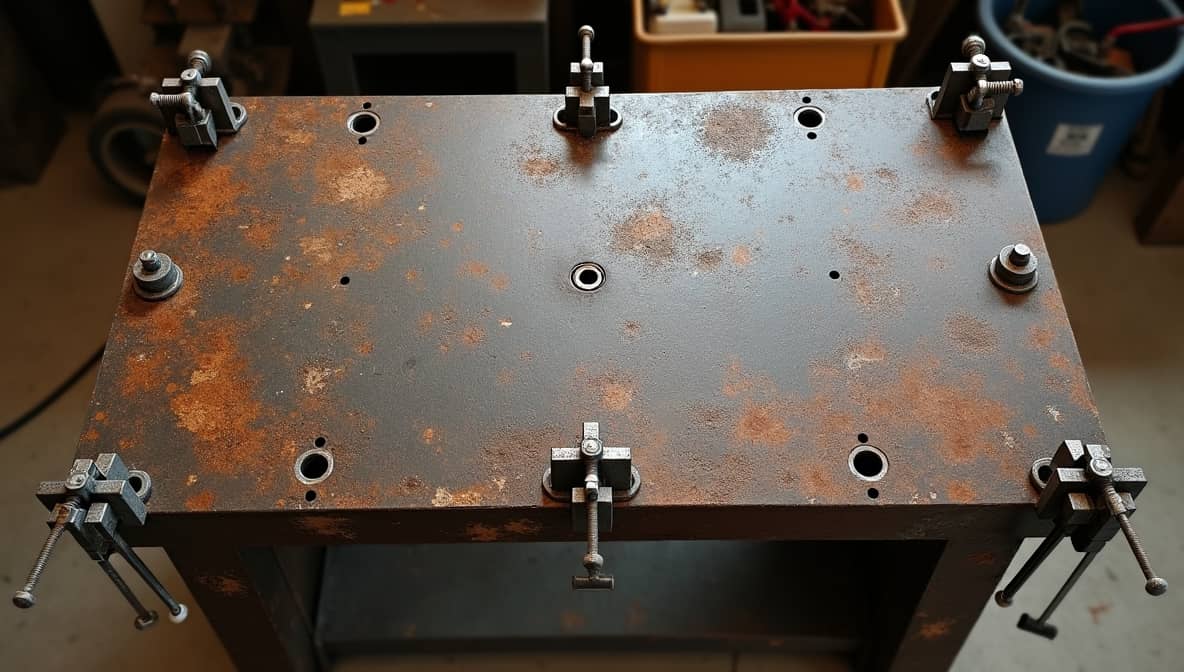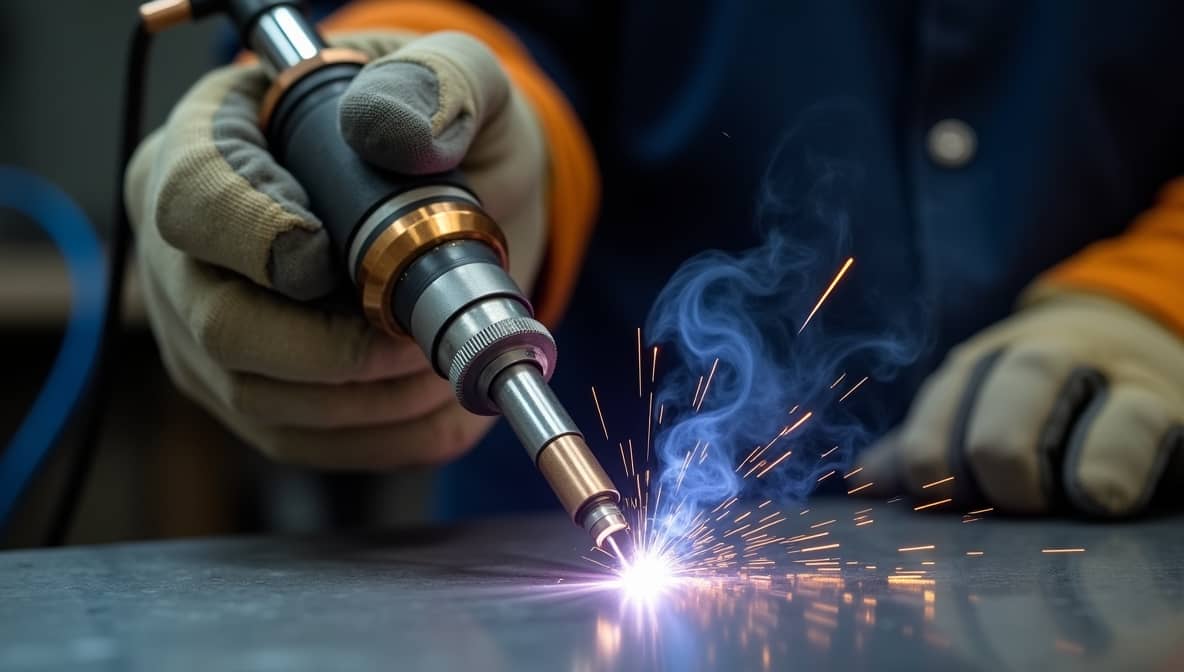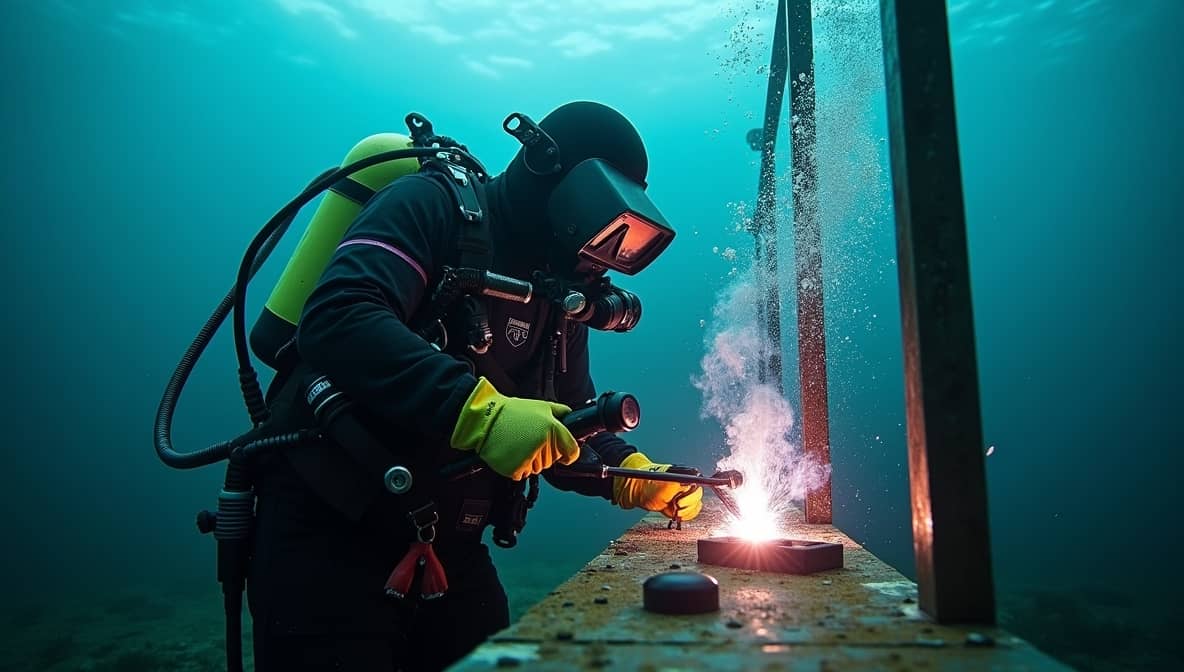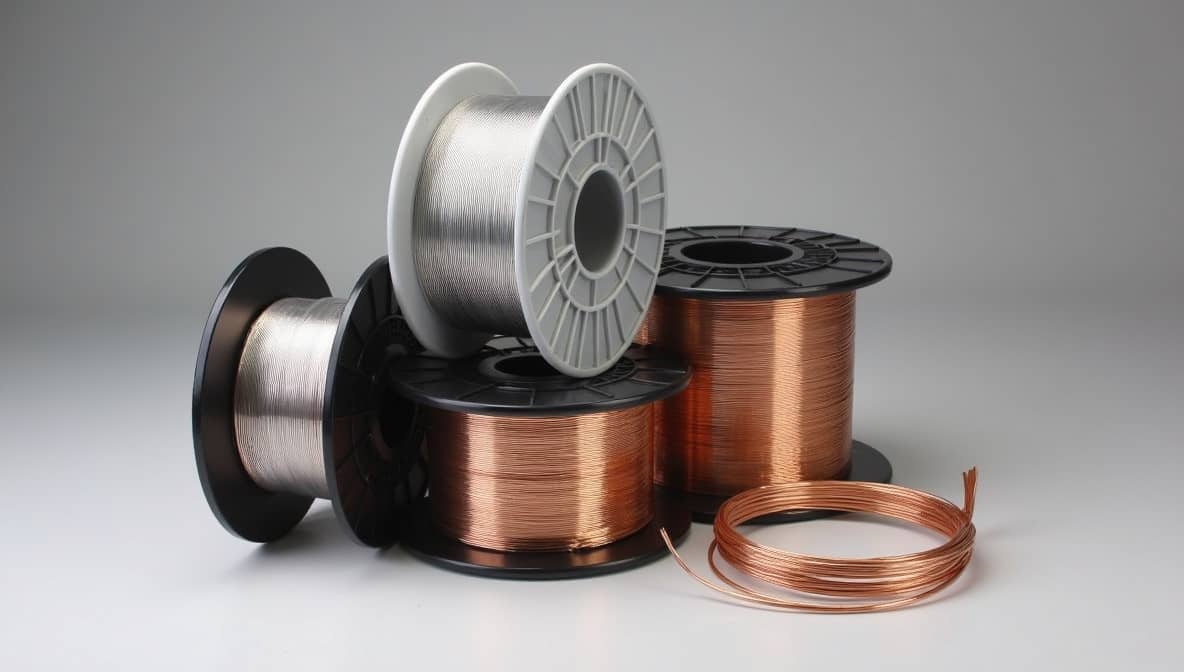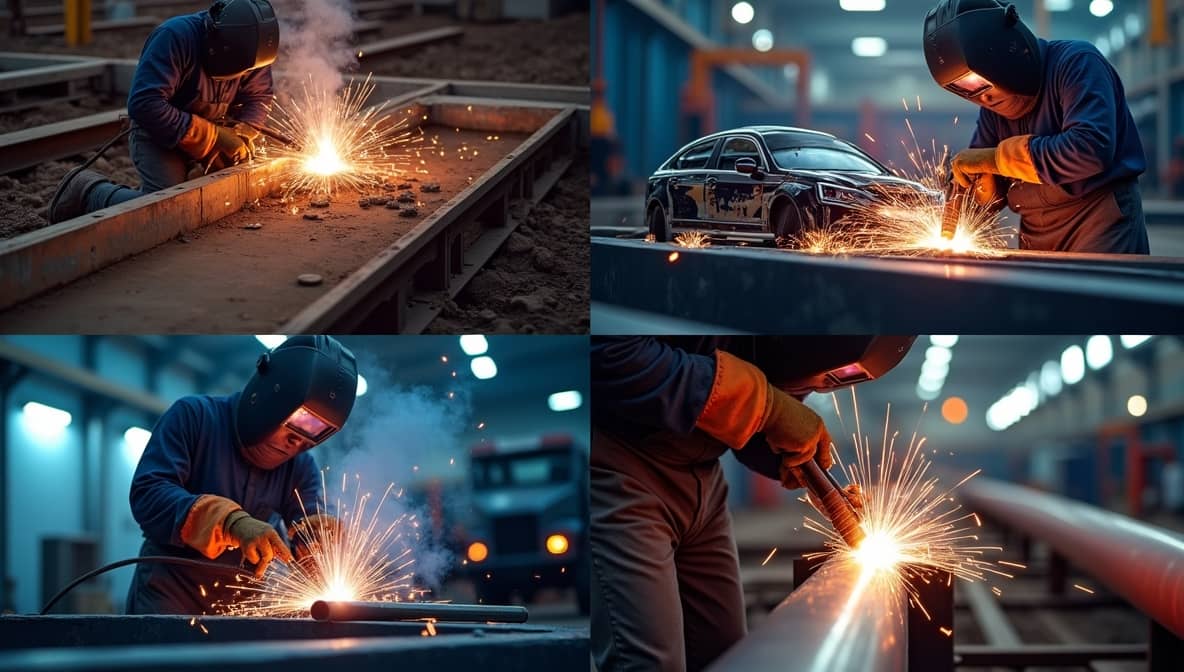Welding Wisdom for Professionals and Beginners Alike.
Start from herePrecision Welding Insights at Your Fingertips
Building Stronger Connections through Welding
Explore Welding
Discover comprehensive resources across all welding disciplines. From beginners looking to start their journey to professionals seeking advanced techniques, WeldingHubs has you covered.
Aluminum Welding
ExploreARC Welding
ExploreWelding Certificate
ExploreWelding Classes
ExploreElectrode
ExploreEngine Welding
ExploreWelding Equipment
ExploreFlux
ExploreGas Welding
ExploreHelmet
ExploreWelding Job
ExploreWelding Machine
ExploreMIG Welding
ExplorePipe Welding
ExploreWelding Process
ExploreSafety
ExploreWelding School
ExploreWelding Service
ExploreSpot Welding
ExploreStainless Welding
ExploreStick Welding
ExploreWelding Table
ExploreWelding Technology
ExploreTIG Welding
ExploreWelding Training
ExploreUnderwater Welding
ExploreWelding Wire
ExploreUses of Welding
ExploreLatest Articles
MIG Welding Aluminum: What Causes Spatter and Tips for Reduction
Dirty surfaces like dust, oil, or grease can cause spatter when MIG welding aluminum. Improper gas settings and high current levels may also increase spatter. Using the wrong electrode or…
Current Settings for Aluminum Welding: Best TIG and MIG Techniques Explained
Alternating current (AC) is the best choice for aluminum welding. Aluminum tends to oxidize, forming a layer of aluminum oxide that makes starting the arc difficult. AC helps remove this…
Tungsten Electrode Colors for Aluminum Welding: What Color is Best for AC?
The color of tungsten for aluminum welding is usually green, which signifies pure tungsten. Welders may also use 2% thoriated tungsten (red) or lanthanated tungsten. Proper preparation is important; electrodes…
Stick Welding Aluminum: What Polarity to Use and Essential Tips Explained
Use a DC stick welder for aluminum welding, as AC is not suitable. Apply DCEP polarity, which also works for steel. This method may produce more spatter and a difficult…
Welding Aluminum: Byproducts, Fumes, Health Risks, and Safety Solutions
Welding aluminum using MIG and TIG processes produces ozone. This byproduct forms when ultraviolet radiation from the welding arc reacts with oxygen in the air. Additionally, using silicon filler in…
Preventing Oxides When Welding Aluminum: Essential Tips for Surface Preparation
Argon is the main shielding gas for aluminum welding. It provides a cleaning action and good penetration. For 5XXX-series alloys, using a mixture of argon and helium (up to 75%…
TIG Welding Aluminum: What Shade to Use for the Best Welding Lens Settings
For TIG welding aluminum, choose lens shades based on the amperage. Use shade 8-10 for up to 50 amps, shade 10 for 50 to 100 amps, and shade 12 for…
High-Frequency Voltage: What Is Its Function When TIG Welding Aluminum?
High-frequency (HF) voltage helps welding aluminum by delivering a high-voltage, low-current signal (5 to 10 MHz). This signal penetrates the aluminum oxide surface, allowing the welding arc to start. It…
TIG Welding Aluminum: What is the Ideal Balance and Frequency for Optimal Settings?
For welding aluminum, the ideal frequency ranges from 120 to 200 Hz. This frequency improves arc control and travel speeds. Frequencies between 80 and 120 Hz can also be comfortable,…

